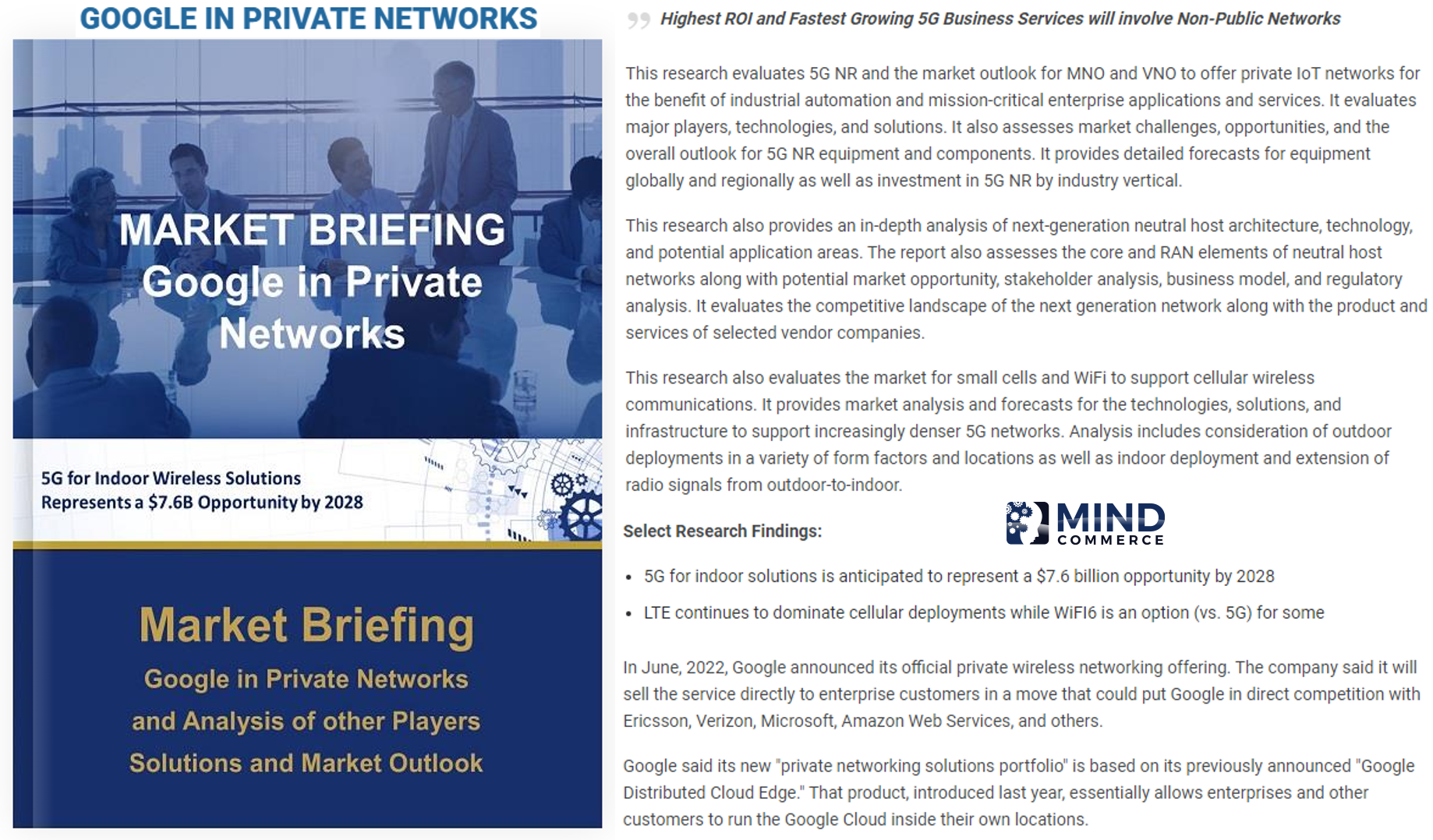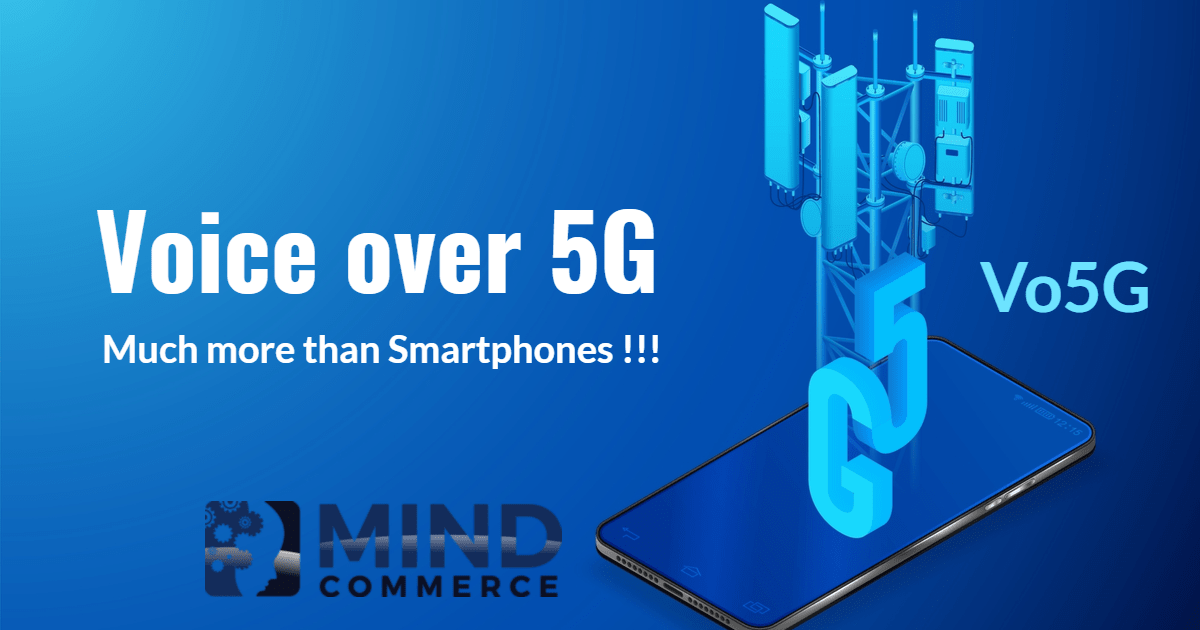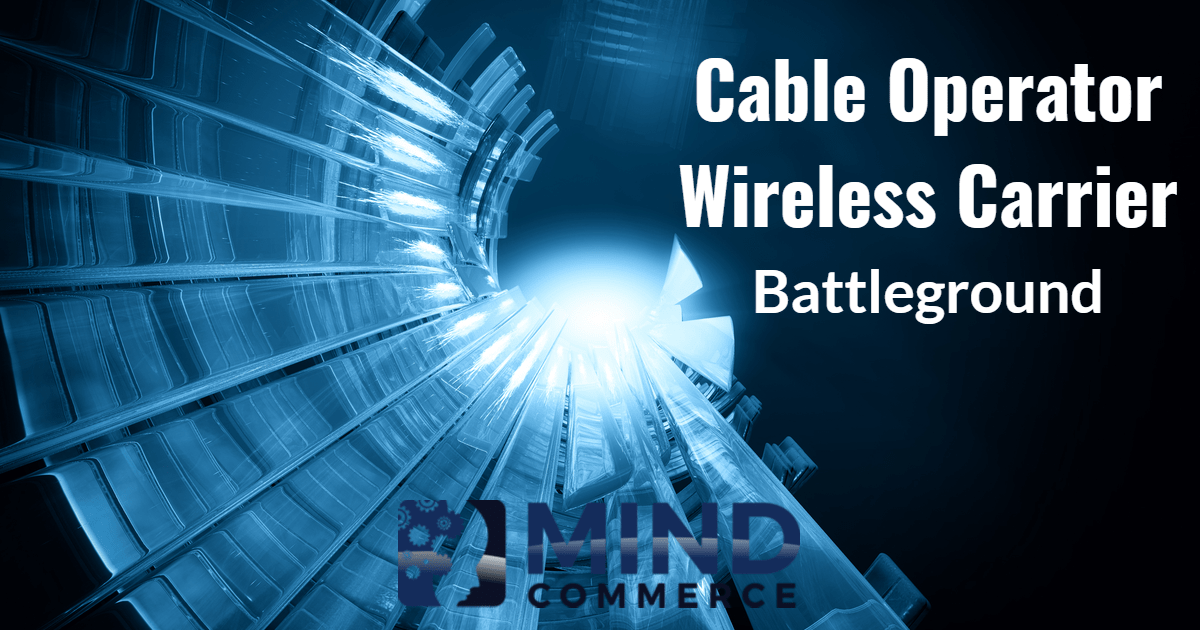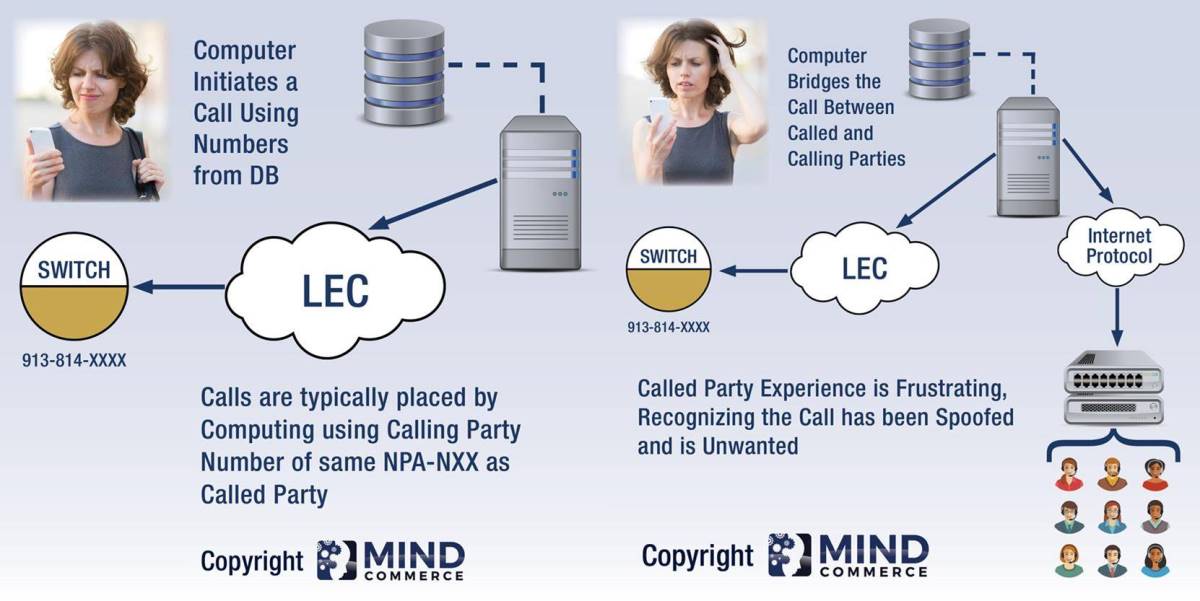Mind Commerce Series on ICT Infrastructure and Services
The below article is provided as part of the Mind Commerce ICT infrastructure research practice covering Telecommunications and Computing Database Services. This edition focuses on toll free calling databases and related services.
Synopsis of Toll Free Calling
Toll Free calling is a telecommunications service that allows the calling party to place a no-cost call (with some exceptions) by dialing a special telephone number that does not include fees to the calling party. Instead, there is a reverse-billing model in which a business that has control of the Toll Free number pays for the call.
Originally relegated to only “800” numbers and under the tight control of AT&T, Toll Free calling would eventually become available from multiple providers and include a selection of different number prefixes such as 888, 877, 866, 855, and 844.
Toll Free number competition among service providers would prove to be a boon for their implementation by enterprise organization and usage by consumers. They remain a standard call-to-action in many advertisements and promotional material.
What is Toll Free Calling?
As the name implies, Toll Free calling represents the ability to place calls at no charge to the end-user, typically with fees being paid by the call recipient or some third party.
It is accomplished by administering a mapping of toll free numbers (for example, 800 numbers) to real, network-routable numbers within databases.
Toll Free calling relies upon databases, which allow businesses to maintain a single nationwide Toll Free number instead of requiring a different numbers for each state or local area.
Origins of Toll Free Calling
Toll Free calling originated 1967 by AT&T as an alternative to collect calling and to reduce the need for operators. AT&T referred to the service as IN-WATS, or Inward Wide-Area Telephone Service and was the first company to provide Toll Free for major companies.
Initial growth of toll free calling was slow until the creation of remote databases within AT&T’s network in the 1980s and leveraging query/response out-of-band signaling via the precursor to Signaling System number Seven (SS7) signaling known as CCIS6.
Ultimately, the use of SS7 would allow for more than just greater efficiency for AT&T as Toll Free numbers would achieve portability, allowing virtually any company to become a provider of Toll Free number services. The initial providers included AT&T, MCI, and Sprint. Today, many communications service providers offer Toll Free numbers.
How does Toll Free Calling Work?
Toll Free calling relies upon database infrastructure. A Toll Free database represents application functionally that resides within a Service Control Point (SCP) that is part of an SS7 network. The SCP is accessed by a telecom switch via Intelligent Network (IN) functionality and out-of-band signaling such as SS7.
Upon placing a Toll Free call, the switch temporarily suspends call processing, formulates an IN query message and sends the message over the out-of-band signaling channel via a connectionless data stream to the SCP.
The SCP performs a database query against the Toll Free number and provides an IN response message to the switch over the same facility as it receives the message. The switch then resumes call processing and uses the information contained in the response message from the SCP to complete the call attempt.
Toll Free in Cellular Networks
Firstly, it is important to understand that cellular switches, Mobile Switching Centers (MSC), rely upon landline switches to route Toll Free calls as MSCs typically do not have the necessary call logic to trigger against toll free prefixes (such as “800”) or to communicate with SCPs that contain toll free calling logic.
In addition, Toll Free calls on cellular are not completely “free” in the United States calls. Those numbers are treated as normal numbers from a billing perspective with wireless carriers. However, Toll Free is treated differently in Europe. Freephone (as it is known in Europe) represents a completely Toll Free service, even for cellular users. The calling party does not pay a long-distance tariff, but rather the merchant or owner of the called number pays that portion of the calling.
Extending the Toll Free concept to wireless within the United States would mean the calling party would not pay a long distance or wireless tariff, thus having completely Toll Free calling.
It was once thought that this could be established based upon an overlay numbering plan such as #800 to represent those numbers that are (completely) Toll Free. The mobile switch would need to utilize mobile IN logic and SS7 to signal an SCP holding a database that would map #800 numbers to network-routable numbers and would also manage the third-party billing and clearing responsibilities.
Once thought to be a potentially valuable service for cellular users in the USA, the concept of completely Toll Free calling was essentially abandoned due to significant downward price pressure on voice calling.
Toll Free in Cellular Networks
To learn more about this topic, we encourage you to visit our other articles in related areas such as ICT Infrastructure, Computing, and supporting technologies.
Please contact us to discuss. We look forward to hearing from you.








Leave A Comment
You must be logged in to post a comment.